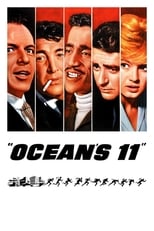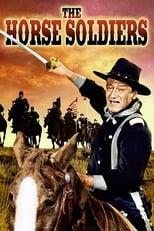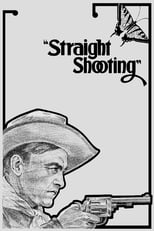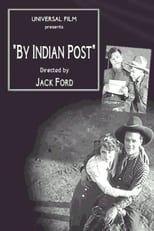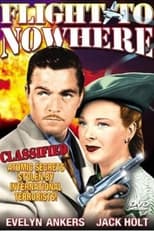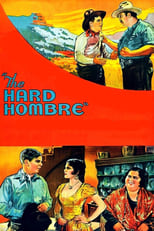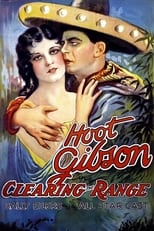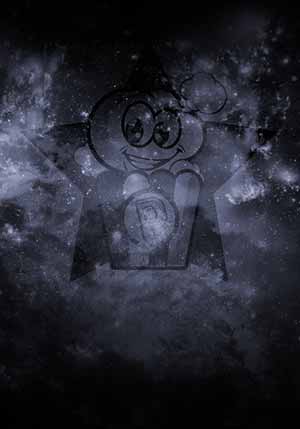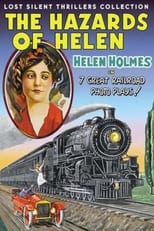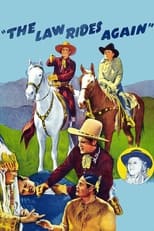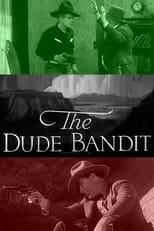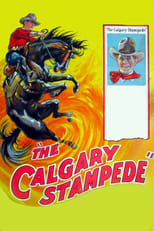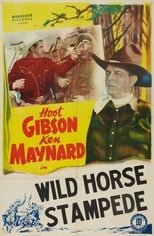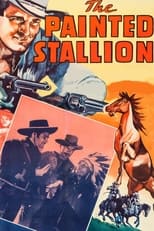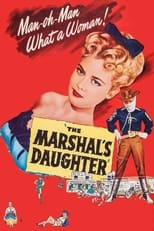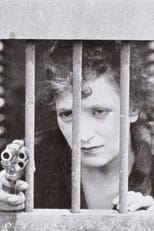Hoot Gibson
¿Quién es Hoot Gibson?
Hoot became a popular western star for Universal. Film titles such as Ridin’ Wild (1922), Thrill Chaser (1923), Hit and Run (1924), Hurricane Kid (1925), and Galloping Fury (1927) guaranteed Hoot’s fans five reels of action and fun. Hoot’s easygoing approach gave his films a lighthearted tone. A deft comedian, he featured as much comedy as drama.
As talkies arrived, Hoot continued as a Western star, but with lower budget producers such as M.H. Hoffman Inc. (distributed on a state rights basis by Allied Pictures Corporation) and Walker Futter Productions (Diversion Pictures). In 1935, Hoot co-starred with Harry Carey in Powdersmoke Range, advertised by RKO as the "Barnum and Bailey of Westerns" (whatever that means). The cast list of this "all star" (B western stars) film included Bob Steele, Guinn "Big Boy" Williams, Tom Tyler, William Farnum, and other Westerners from the silent era. In 1937 at Republic, he made a serial, The Painted Stallion, in support of new cowboy star Ray Corrigan.
An aging Hoot retained his fine horsemanship and comic flair, but fan interest had moved to the new singing cowboys, especially Gene Autry and Roy Rogers. Hoot’s Westerns had lost their appeal. In the late thirties, out of movies, Hoot toured with circuses and appeared at rodeos and fairs.
In 1943, after seven years off the screen, Hoot returned in the Trail Blazer series at Monogram Studios. In these Westerns, Marshall Hoot Gibson, initially co-starred with Ken Maynard and later with Bob Steele and Chief Thundercloud, upholds the law and captures outlaws and crooked businessmen threatening the lives and property of innocent citizens. Hoot made eleven Trail Blazer films; the last was Trigger Law (1944). John Ford brought Hoot back for a cameo role in The Horse Soldiers (1959). His last screen appearance was as a sheriff’s deputy in Ocean’s Eleven (1960), another cameo.
Trabajos destacados
Géneros más habituales en las películas de Hoot Gibson
Géneros más habituales en las series de Hoot Gibson
Compañeros de trabajo recientes de Hoot Gibson
Las imágenes y retratos de actores o actrices mostrados en este sitio web son obtenidos de la base de datos de The Movie Database (TMDB). En el caso de que alguna imagen o fotografía sea incorrecta, ofensiva o infrinja derechos de imagen, puede ser editada o eliminada de TMDB, lo que resultará en su eliminación correspondiente en este sitio. En última instancia, los usuarios también pueden utilizar el formulario de contacto ubicado al pie de la página para solicitar la corrección o eliminación de cualquier contenido.
The images and portraits of actors or actresses displayed on this website are sourced from The Movie Database (TMDB). In the event that any image or photograph is incorrect, offensive, or violates image rights, it can be edited or removed from TMDB, subsequently ceasing its display on this site. As a final recourse, users may also utilize the contact form located at the bottom of the page to request the correction or removal of any content.
